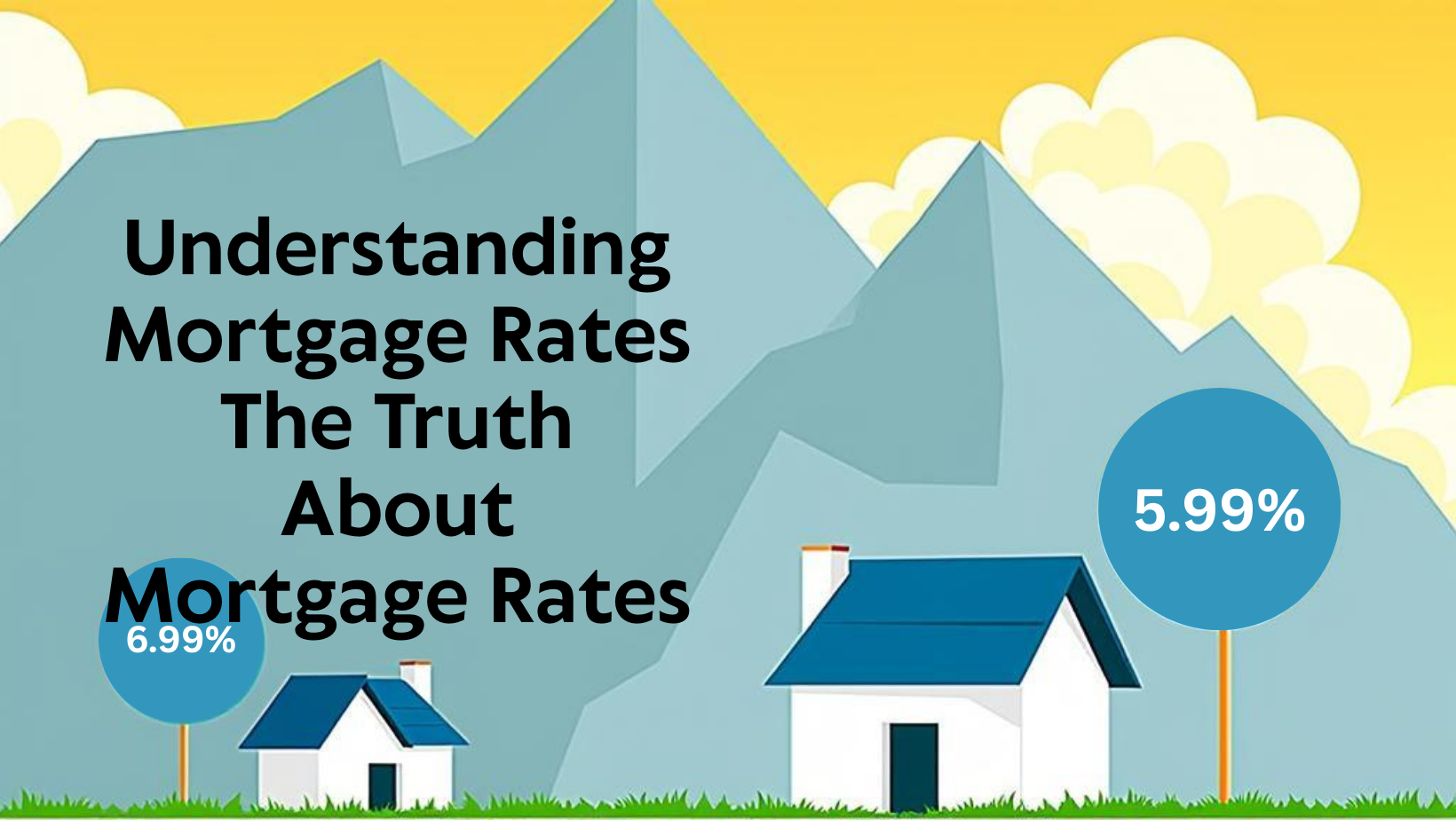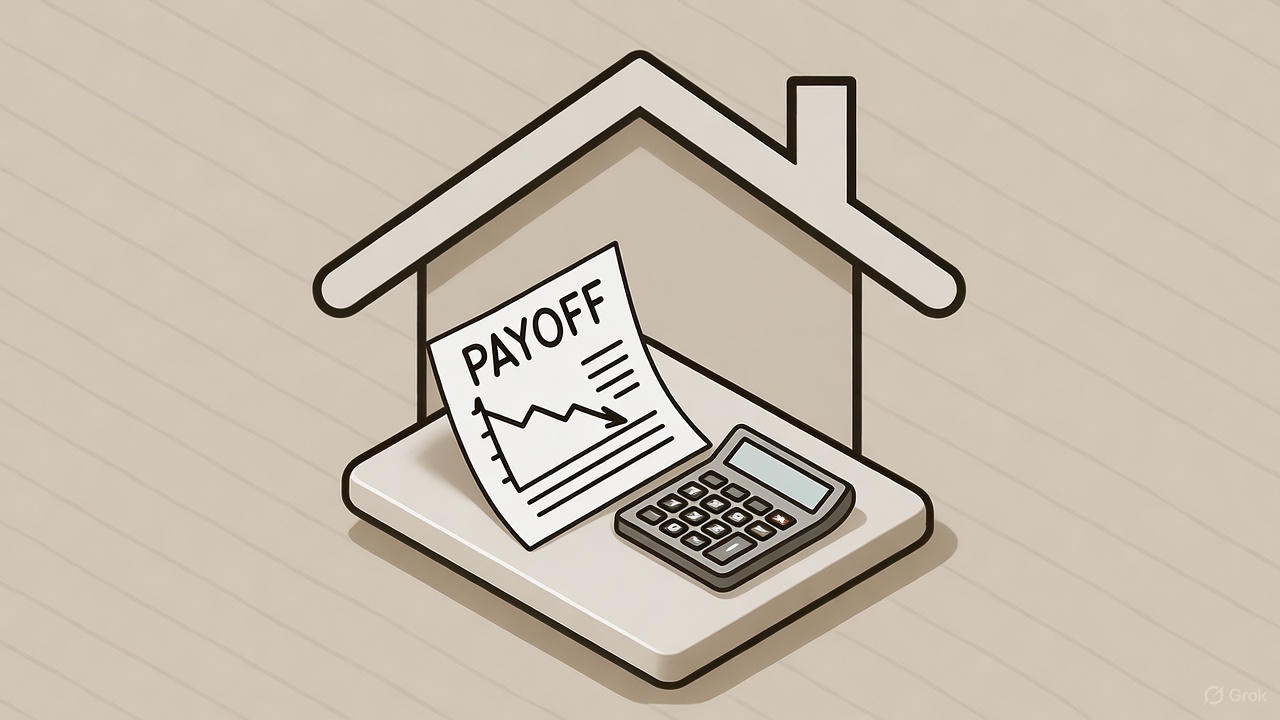Wondering what mortgage rates really are? If you’ve tried Googling, you’ve probably seen a hundred different numbers—and none of them seem to match. Here’s the truth: the “average” rates you see online can help you spot trends, but you’ll never know your actual rate until a lender runs your full scenario. Here’s why, and where to get the most accurate info available—no clickbait, no B.S.
Why There’s No One-Size-Fits-All Rate
Here’s the big secret lenders wish more consumers understood: the “average” rates you see online aren’t your rate—they’re nobody’s, really. Mortgage pricing is tailored to the borrower. Your credit score, down payment, loan type, property, and even your income source can all nudge your rate higher or lower. If someone promises you the “lowest rate” without knowing your details, that’s a red flag.
What Really Impacts Your Mortgage Rate?
- Credit score & credit history
- Loan amount and down payment
- Type of loan: Conventional, FHA, VA, USDA, etc.
- Property type: Single-family, condo, multi-unit, manufactured
- Occupancy: Primary home, second home, investment
- Income type: W-2, self-employed, retirement, other
- Loan term: 30-year, 15-year, ARM, etc.
All these factors work together. Even two buyers in the same neighborhood can see different rates.
Down Payment Assistance & Second Mortgages: What They Do to Your Rate
Using down payment assistance or getting a “silent” second mortgage can be a game-changer for buyers with limited cash. But here’s the trade-off: these programs often come with higher interest rates or extra fees. Why? Lenders and agencies take on more risk, and sometimes that’s built right into the pricing.
- Grants, forgivable seconds, and state programs may bump your rate by 0.25–1.00% or more, compared to standard loans.
- Second mortgages can add monthly payments or balloon payments later—always read the fine print.
- Your overall cost (rate, fees, and total payments) should be compared to see if the help now is worth the long-term cost.
Rule of thumb: If you’re using any down payment help or extra financing, expect your rate (and monthly cost) to look a little different than the rates you see advertised or in national averages.
Where to Check National Rate Trends (Not Your Rate, But a Good Reference)
If you just want to see which way rates are moving, here are the two official, most trustworthy sources:
-
Freddie Mac Primary Mortgage Market Survey
What it is: Weekly national averages for 30-year and 15-year fixed loans. No points, no personal scenario, just a broad survey. There’s a big disclaimer: these are NOT your personal rates and don’t include all the factors above. -
St. Louis Fed FRED: 30-Year Fixed Mortgage Rate Chart
What it is: The same Freddie Mac data, but charted over time so you can spot long-term trends. Perfect for visualizing whether rates are up, down, or sideways—not for finding your specific offer.
Both are great for spotting trends—just remember, the rate you actually get depends on you and your loan details.
Why Every Lender’s Quote Is Different
Even if two lenders use the same sources (like Fannie Mae or Freddie Mac), their rate sheets, fees, and pricing strategies are different. One lender might charge higher up-front costs but offer a lower rate. Another may specialize in VA, FHA, or self-employed loans. That’s why shopping around—or working with a mortgage broker who shops for you—makes a difference.
The Hidden Factor: Rate Lock Length
Most consumers don’t realize this, but the length of your rate lock—how many days until your scheduled closing—affects your rate, too. Need a 30-day lock? That’s often a little cheaper than a 60-day lock. If your contract requires a long closing, your lender’s pricing may be higher, simply because of the risk and volatility in the market over time. So if you’re comparing rates, make sure you know how long each quote is locked for.
The Best Way to Shop—Without Headaches
Instead of calling every lender in town, start with the national trends, then connect with a trusted local mortgage broker (hi, that’s me!) who can run your real numbers with multiple lenders. You’ll get honest options without all the games. No cold calls, no clickbait, just the truth about your actual scenario.
Final Thoughts
Bottom line: don’t let headlines or clickbait scare you off. National averages are helpful for tracking trends, but your actual mortgage rate depends on your credit, property, loan program, any DPA/second mortgage, and even the timing of your closing. For real answers—and rates that actually apply to you—work with someone who’ll shop your options the right way.
Want to see what rates you actually qualify for?
👉 Start your mortgage plan here—real numbers, real options, no cold calls.




